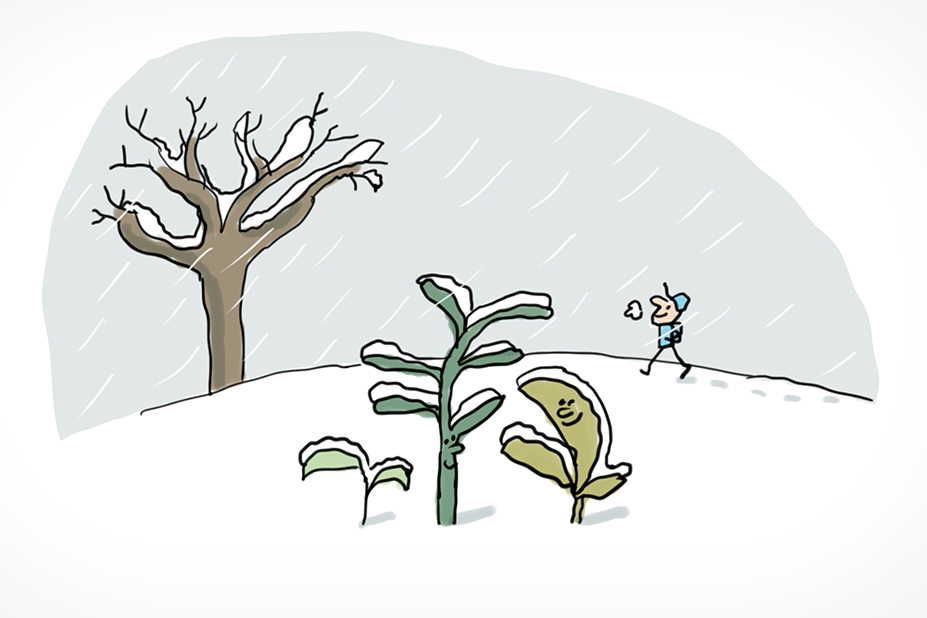Seasons exist because of the tilt of the Earth as it goes around the Sun.
In winter, the sun’s rays heat a larger surface than in summer. The heat is less concentrated, so it’s colder.
In the southern half of our planet, winter takes place from June to September. In the northern hemisphere, where the US and Europe are located, it’s from December to March.
Winter means ice, itchy sweaters and germs!
But what’s the use of winter cold?
For animals, it’s a real signal. Groundhogs and hedgehogs, for example, take advantage of it to hibernate.
Plants also rest to prepare for spring.
In winter, they are attacked less by insects and parasites and can peacefully fill up on energy.
In case of extreme cold, the snow even protects the plants by forming an insulating layer.





 Retour
Retour